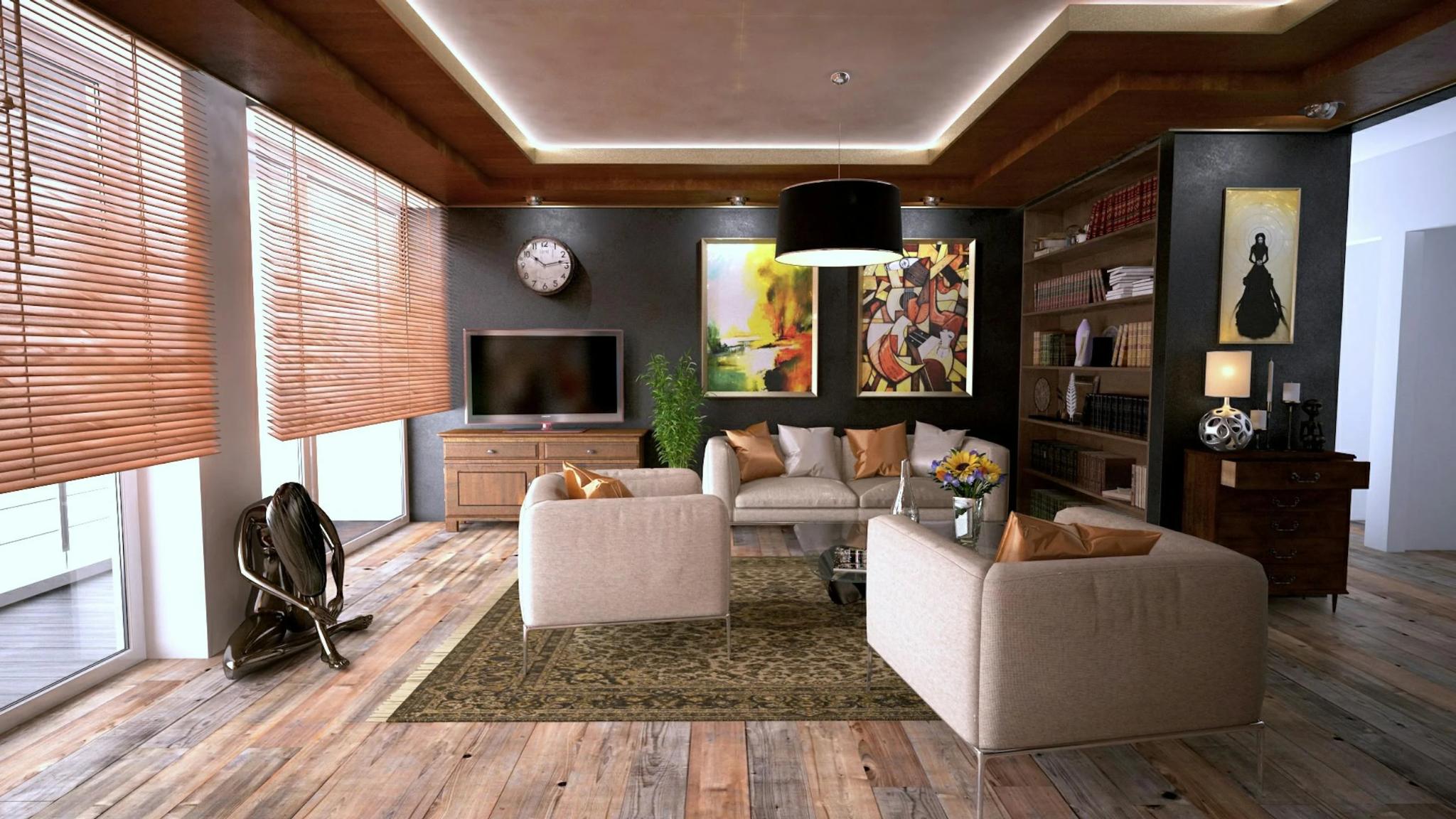Why Importing from Vietnam Is Gaining Popularity Among Australian Homeowners
Australians are increasingly looking beyond local retailers when it comes to home interiors. With rising prices and limited design diversity, many homeowners and stylists are turning to global sources for unique and affordable pieces. Vietnam, known for its hand-crafted wooden furniture, woven materials, and a growing export industry, offers an attractive alternative.
For those ready to bring a touch of Southeast Asian design into their space, importing furniture from Vietnam can be a practical and creative solution that adds both value and personality to any home. If you’re ready to start, here’s a reliable guide to help you navigate the process of importing furniture from Vietnam.
Vietnam’s Rising Reputation as a Design Powerhouse
Vietnam has emerged as one of the world’s leading exporters of wood furniture, supplying homes and commercial spaces across Europe, North America, and now increasingly Australia. What makes Vietnamese furniture so appealing is its combination of sustainable materials, traditional techniques, and contemporary aesthetics. Whether you’re after rustic dining tables or minimalist sideboards, the selection is diverse and well-suited to both modern and classic home styles.
Choosing the Right Supplier for Your Import
A successful import starts with a reliable supplier. Look for one who has experience shipping to Australia, communicates clearly, and is transparent with documentation. Asking for videos, fabric or wood samples, and customer references is common practice and can help you avoid costly mistakes. Understanding their payment terms, lead times, and willingness to customize can also influence your experience, especially if you’re sourcing for a specific room or design concept.
Freight Options: Understanding Sea and Air Shipping
Sea freight is the most common method for importing furniture. It is significantly more cost-effective than air freight and offers various container options based on the volume of goods. If you’re only purchasing a few items, less-than-container load shipping allows you to share space with other shipments. Full-container load options are better for bulk purchases or when you’re importing delicate pieces that need more protection. Air freight may be considered for smaller items or urgent shipments, but it comes with a steep price tag and limited volume.
How a Freight Partner Simplifies the Importing Process
Managing international shipping involves coordination between the manufacturer, freight carrier, customs authorities, and local delivery services. A good freight partner arranges the pickup from the supplier, books the shipping space, provides real-time updates, and ensures all necessary paperwork is filed. Their role is to streamline the entire journey so you can focus on your project rather than worry about port clearances or customs delays.
Understanding Australian Customs for Imported Furniture
Australia has rigorous customs and biosecurity rules, particularly for wooden products. To avoid delays or rejections at the border, your shipment should include a commercial invoice, a detailed packing list, and certification showing any timber has been treated to prevent pests. An import declaration must also be lodged, typically by your freight agent or customs broker. Missing or inaccurate documents can lead to your goods being held, inspected, or returned at your expense.
Timeframes You Can Expect for Delivery
Shipping furniture from Vietnam to Australia typically takes between three to six weeks when using sea freight. Delivery times depend on your proximity to the destination port, as well as any local holidays or weather-related port disruptions. Once your shipment arrives, customs clearance and final delivery usually take a few more days. If you’re planning for an event or renovation deadline, give yourself a buffer window to avoid last-minute stress.
Total Cost Considerations When Importing
Importing furniture involves more than just the price tag on the item. Freight costs are usually calculated based on the volume of the goods, which means bulkier items will cost more to ship even if they’re lightweight. In addition to freight, you should factor in customs duties, GST, documentation fees, and any insurance coverage. A professional freight coordinator will help estimate these costs ahead of time so you’re not caught off guard when the invoice arrives.
Tips to Make the Process Smoother
Start by confirming exact measurements of the pieces you’re ordering, especially when dealing with different measurement systems. Clarify whether the item ships fully assembled or flat-packed, as this affects shipping costs and handling. Be proactive about requesting compliance certificates for treated timber and always ask about the packaging method to ensure safe transport. It also helps to track your shipment once it’s on the move and stay in contact with your freight provider for updates.
Do You Need a Customs Broker?
For high-value imports or goods made of multiple materials, a customs broker ensures the correct tariff classifications are used and that all compliance standards are met. They handle lodgements, calculate applicable duties, and reduce the chances of customs issues. Most brokers charge a modest service fee, which can be well worth it for peace of mind and faster processing.
Importing for Interior Projects and Design Businesses
Many interior designers, boutique property developers, and Airbnb hosts are already tapping into Vietnamese suppliers to create stunning spaces on a budget. By sourcing directly, they gain access to products not available locally and retain full control over material choices, finishes, and timelines. For personal use or business purposes, importing allows for greater creative flexibility and often results in a better return on investment when compared to sourcing from local wholesalers.
Final Thoughts
Importing furniture from Vietnam to Australia opens up a world of design possibilities that are both affordable and inspiring. It allows homeowners and professionals alike to personalize their interiors with meaningful, well-crafted pieces that stand out. By understanding the steps involved from choosing the right supplier to navigating customs and freight, you can take on international sourcing with confidence and create a space that truly feels like home.


